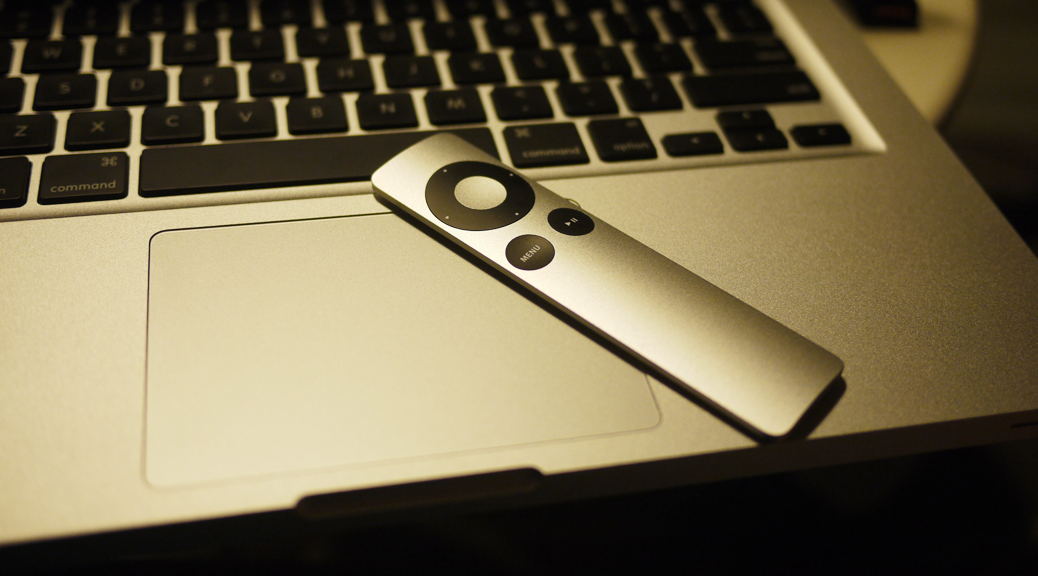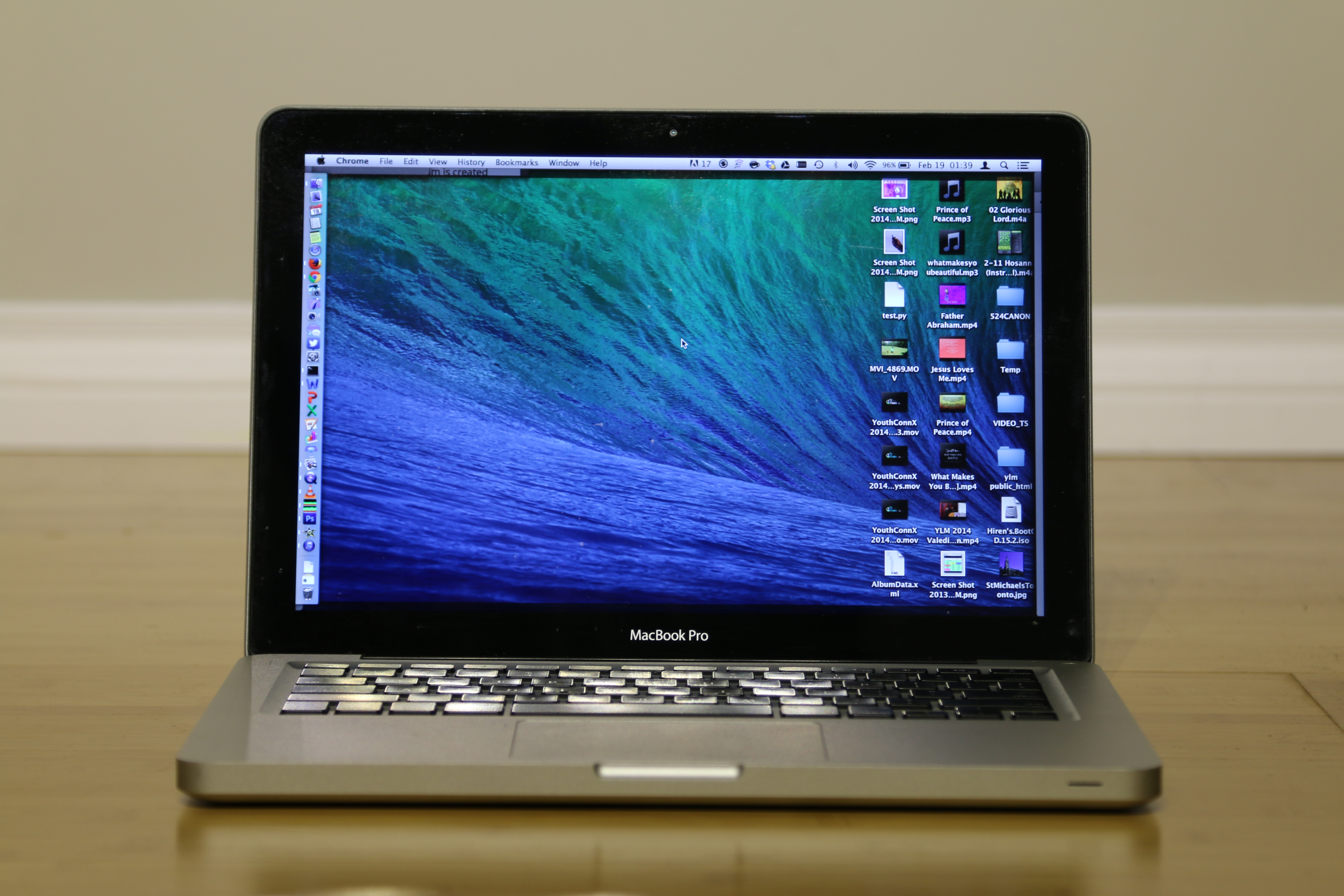I have a wireless headphone set plugged in to my desktop computer in my living room. However, sometimes I would like to play some audio from my Mac laptop (which could be anywhere in my apartment).
VLC is a very popular program for playing pretty much any type of media under the sun. However, it has a lot of advanced functionality that many people may not know about. One of these is that VLC can send audio as a stream.
This post describes setting up a computer to computer audio stream using VLC.


